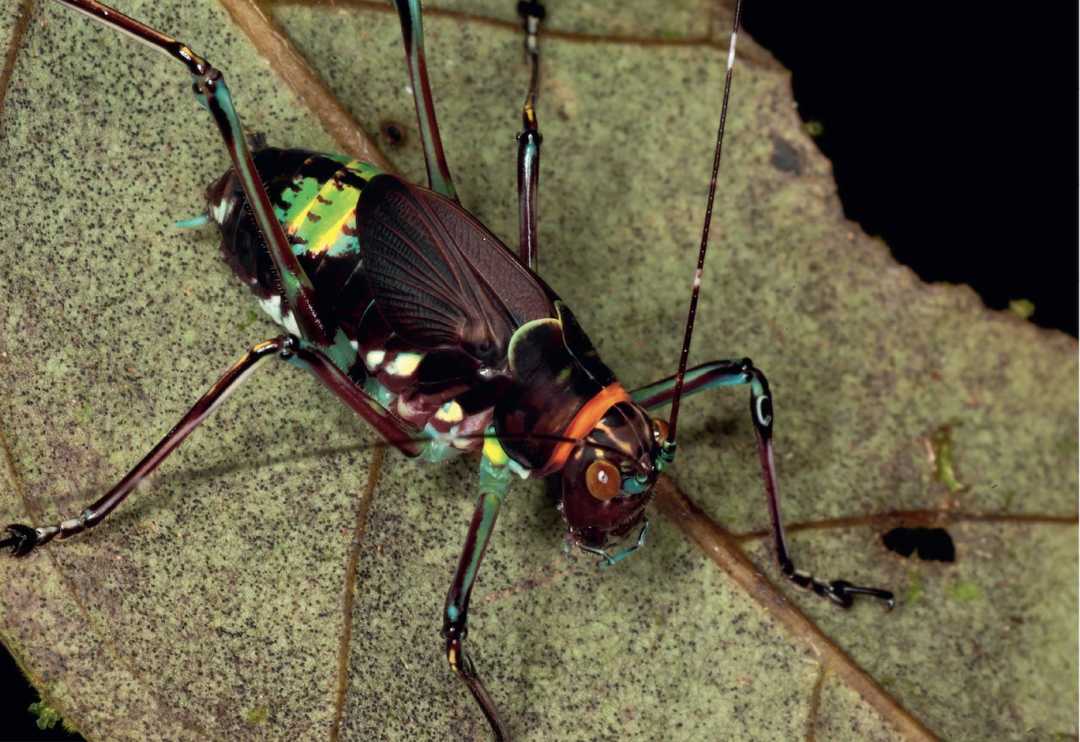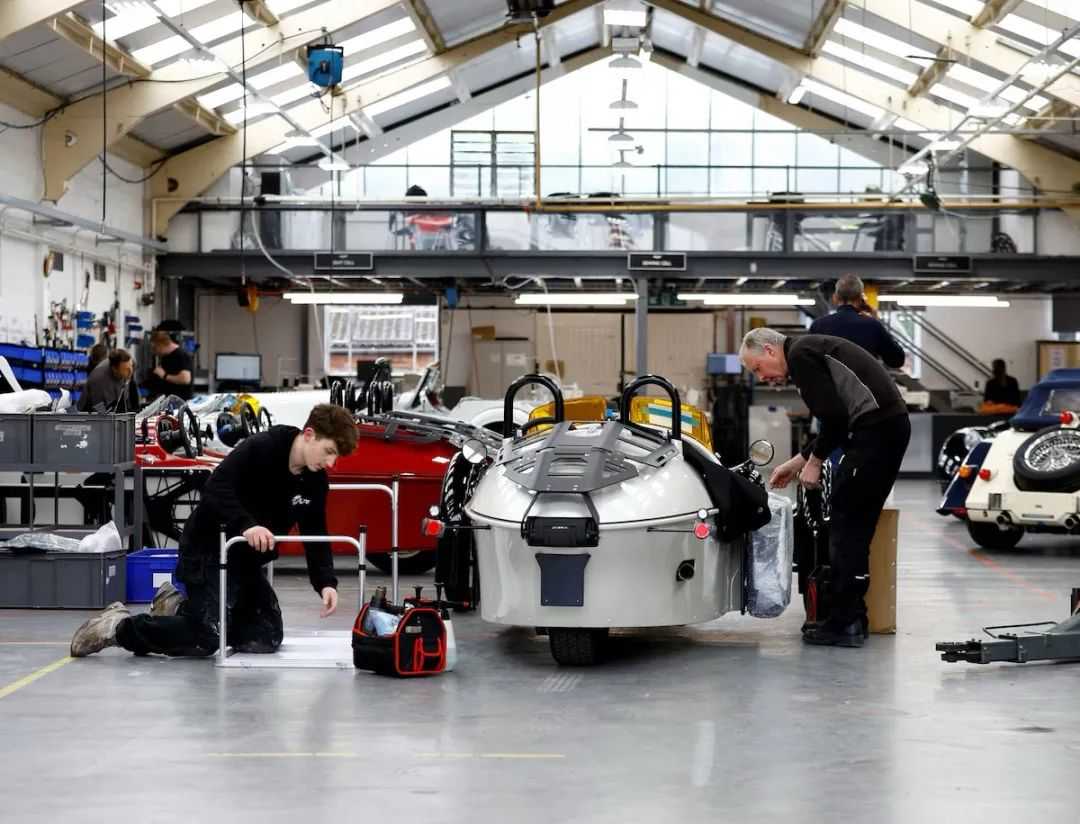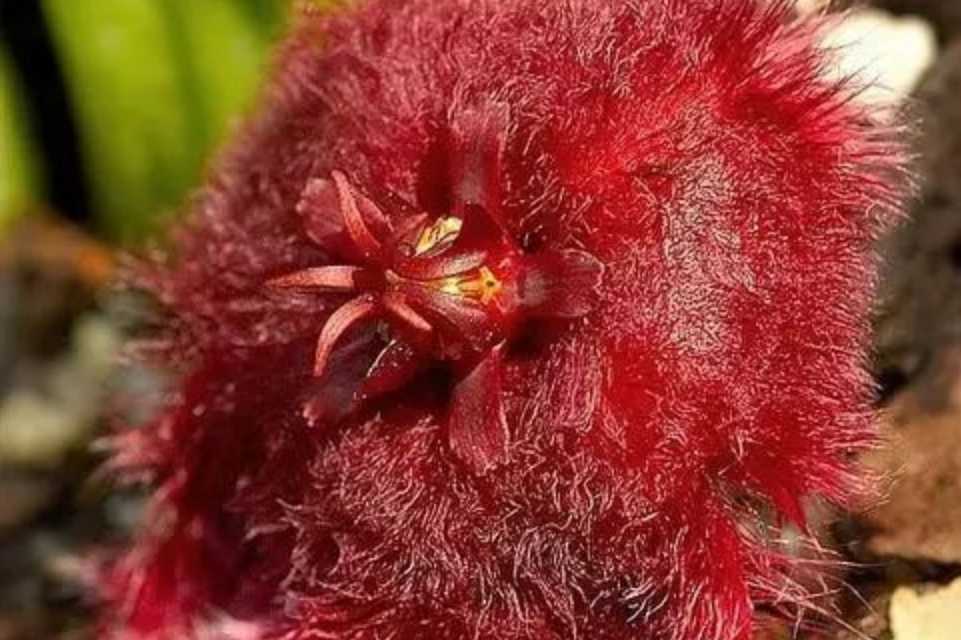
A striking katydid nymph from New Guinea is currently in its last developmental instar, poised on the cusp of transformation. Clad in vibrant hues that demand attention, the insect’s robust body and stubby wing buds signal its imminent metamorphosis into adulthood. For now, it crawls through the rainforest understory, a living testament to nature’s dramatic life cycles.
As the final instar progresses, the nymph’s exoskeleton stretches to accommodate growth, while internal changes pave the way for its adult form. The most notable transformation will occur in its wing buds—small, folded structures on the thorax that will soon unfurl into full-length wings. With one last molt, the insect will shed its juvenile casing, emerging with elongated wings capable of flight and reproductive maturity.
In New Guinea’s lush ecosystems, this katydid nymph’s bold coloring may serve as a warning to predators, advertising its unpalatability or toxicity. Once it becomes an adult, the wings will not only enable mobility but also play a role in mating displays, where males often produce intricate sounds by rubbing their wings together. As the nymph readies for its final molt, it embodies the transient beauty of insect development—a fleeting stage that bridges vulnerability and the full splendor of maturity.





